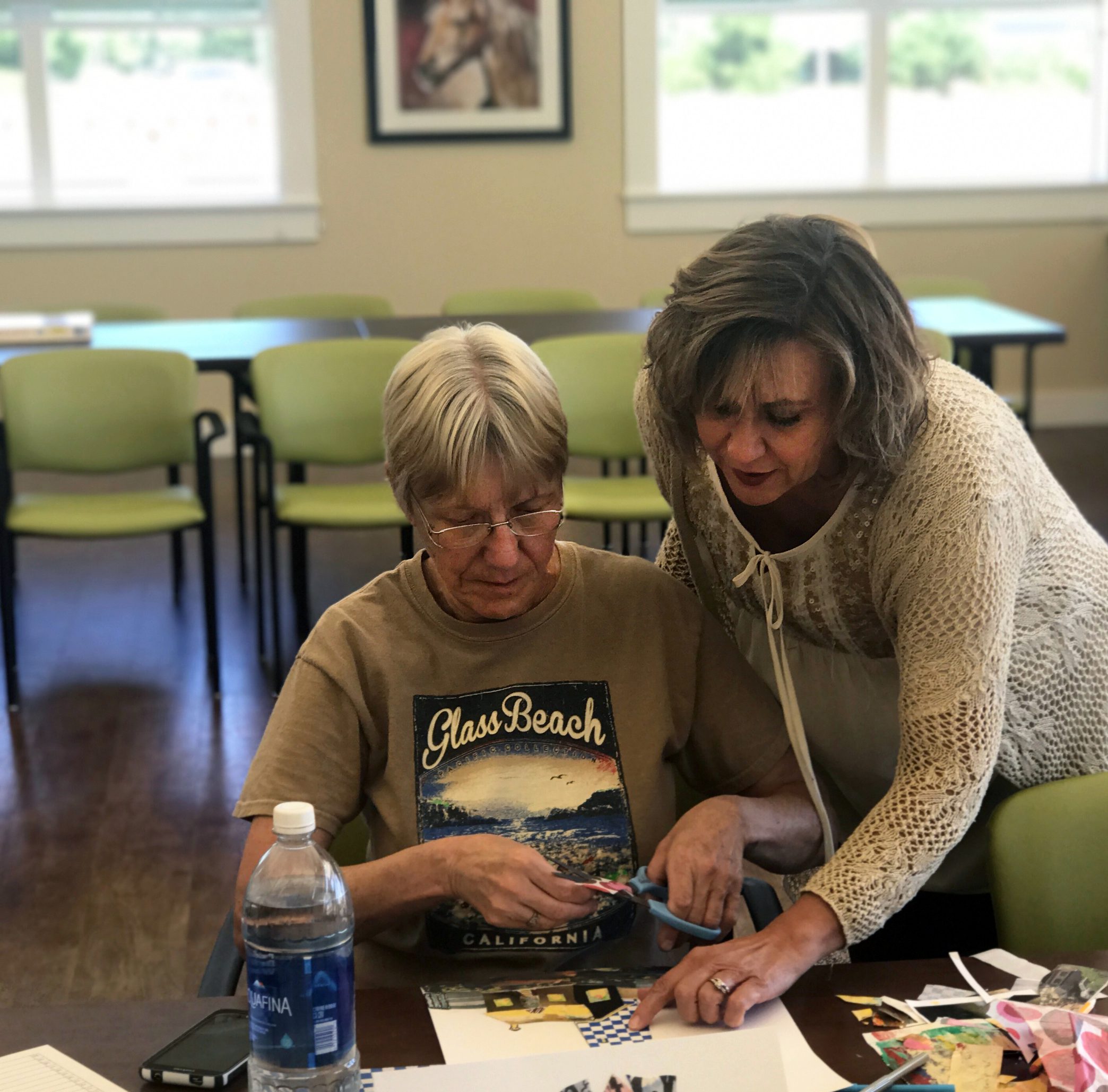By Sheila Benedict
Contributing Writer
Census records are important to genealogists because they show a family in a certain place and at a certain time.
Yes, there are errors in them, especially the older ones from the 1800s and early 1900s. For example, when the enumerator walked farm to farm, it probably did not matter who gave the answers. Those were long walks and they needed the answers.
The first federal census was taken in 1790, and the latest is coming next year. The population schedules are taken every 10 years and there is a 72-year moratorium for release of the data. In other words, 1940 was released in 2012, 1930 in 2002, and so forth.
From 1790 through 1840, only the head of household is named. The other members of the household are listed by either numbers or slash marks, such as males 10-14 or females 20-30, etc. One can indirectly find out if a particular person was part of the household, but it requires other documents to verify it.
From 1850 on, all persons in the household are named, which makes it much easier but does not help the fact that errors still occurred, especially in spelling and ages. As each of the 10-year increments ask different questions, this column cannot list them all. There are booklets published by the National Archives and Records Administration (NARA) at www.archives.gov that describe them in detail.
There are other federal schedules that are important, too: non-population schedules, slave schedules, American Indian schedules, and so forth. Those are described as well on the NARA website.
In addition, the various schedules have been digitized and can be found on Ancestry.com, famiilysearch.org, findmypast.com, and other online research websites. Most are membership based, but familysearch.org, for one, is free.
Be careful when printing a copy, as some website images do not print as well as others. Some of the older schedules, such as many taken in 1870, are not easily readable. Check other websites if the one you are looking at is hard to read.
Regarding California, there is an 1852 state census and a number of local, older censuses taken. If someone has ancestors that have been in Santa Barbara, for instance, it could be helpful to look at them.
Finally, I am interested in what readers would like to see in this column in the coming months. Please do not hesitate to contact the newspaper with your questions, and I will respond as soon as possible. The column is printed once a month, so it may take a month or two for a response. Thank you to everyone for taking an interest in genealogical research.





